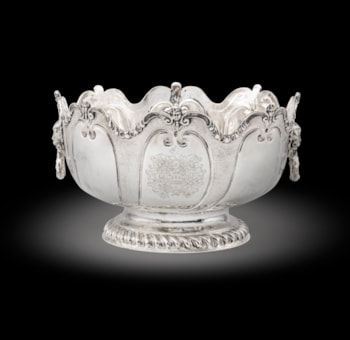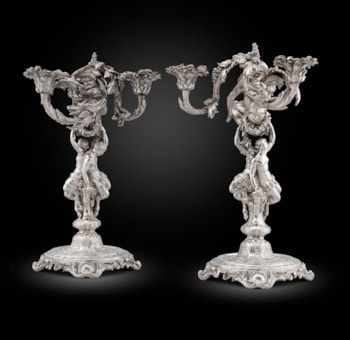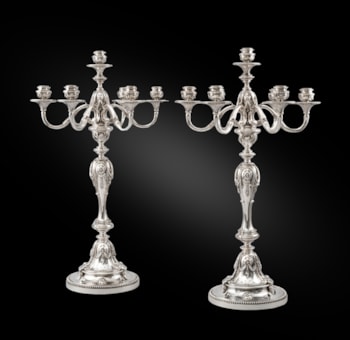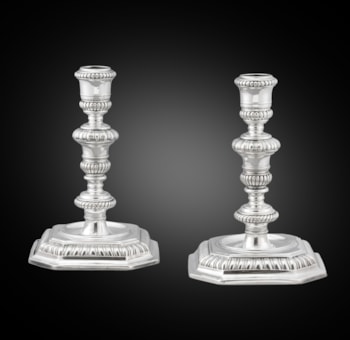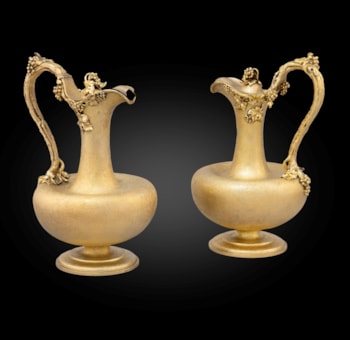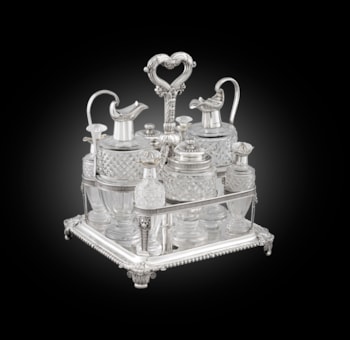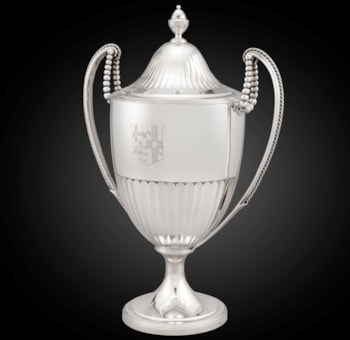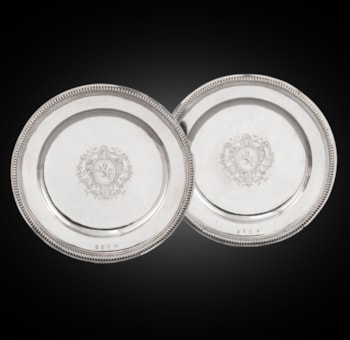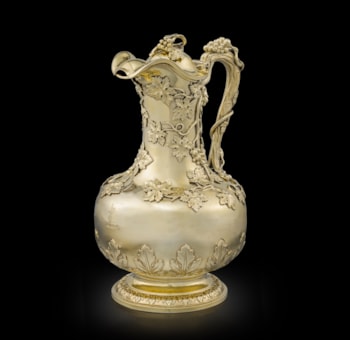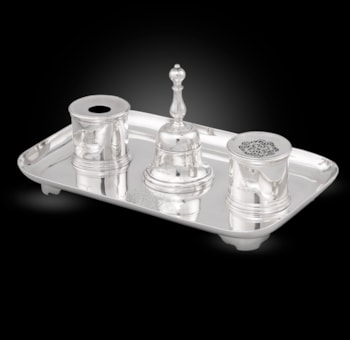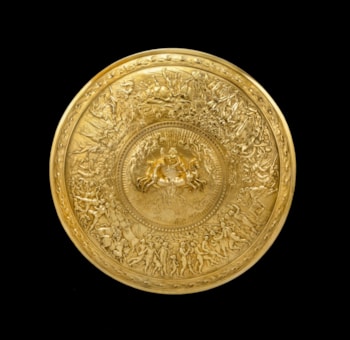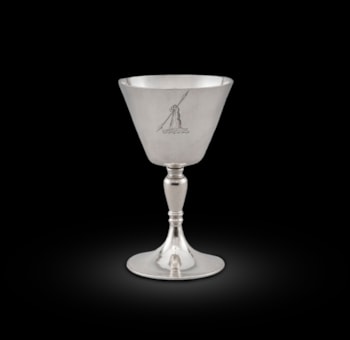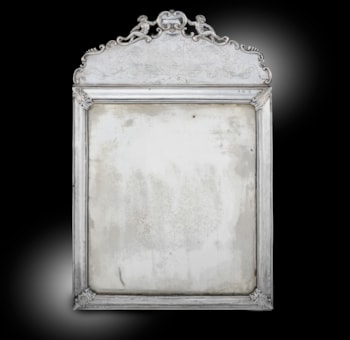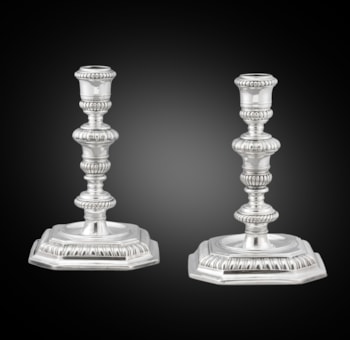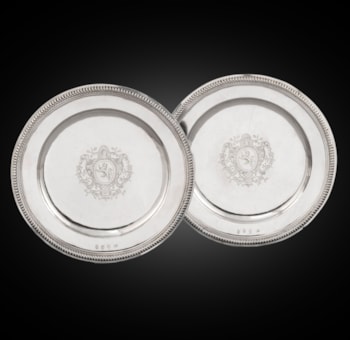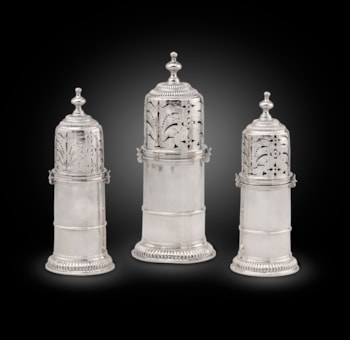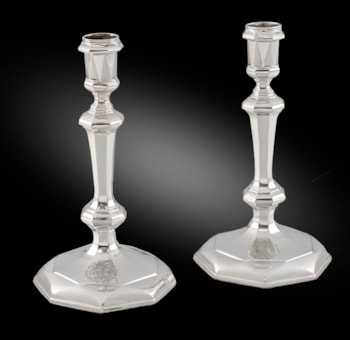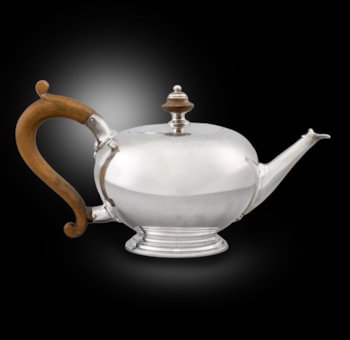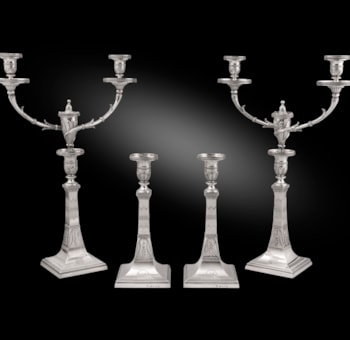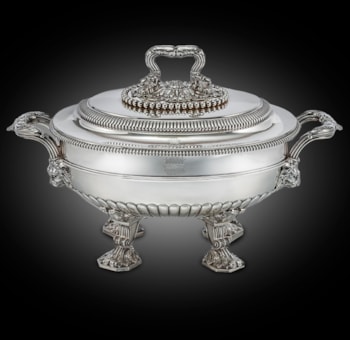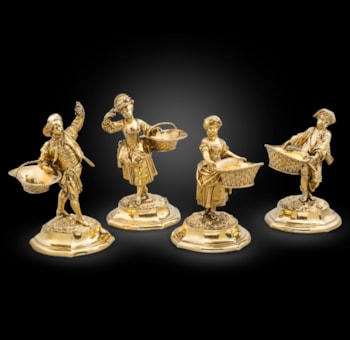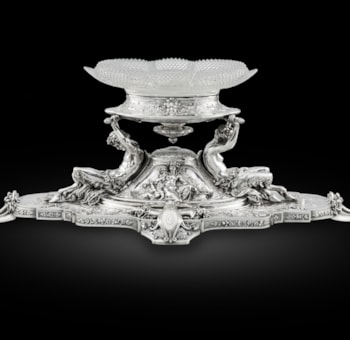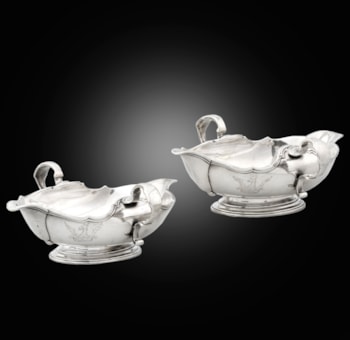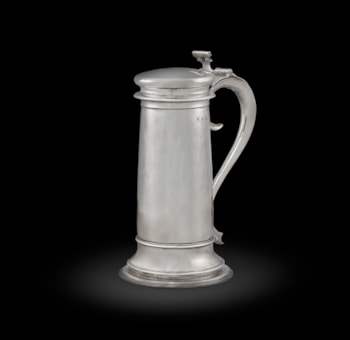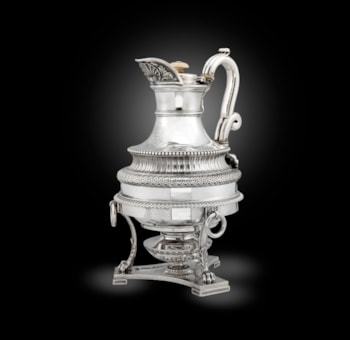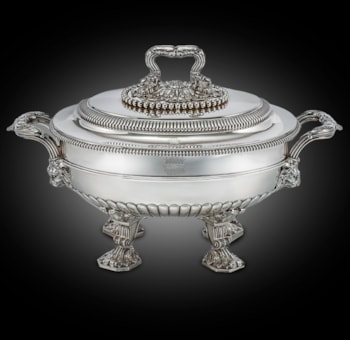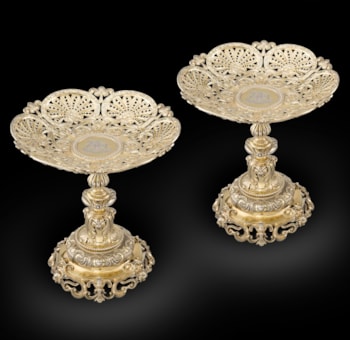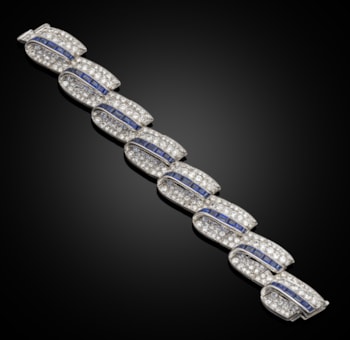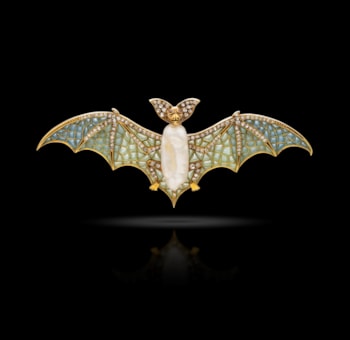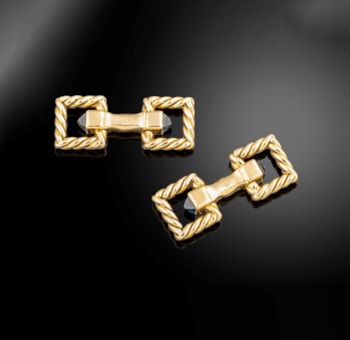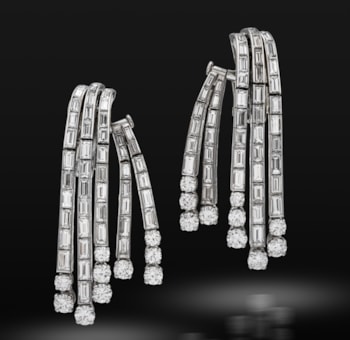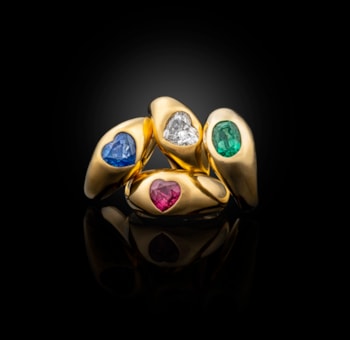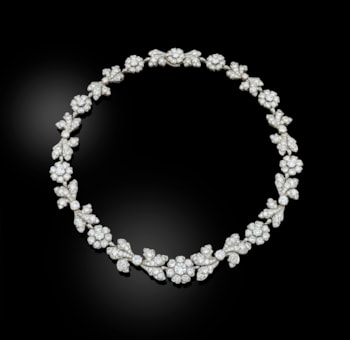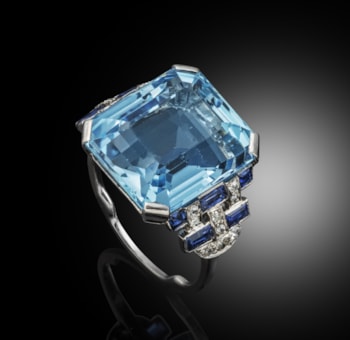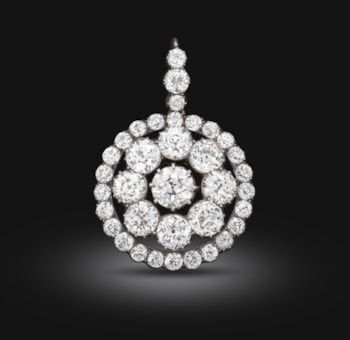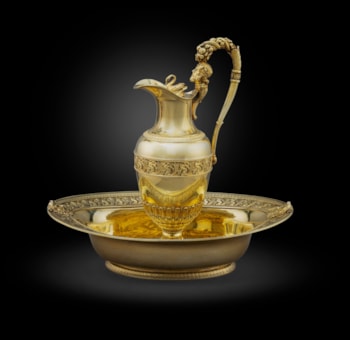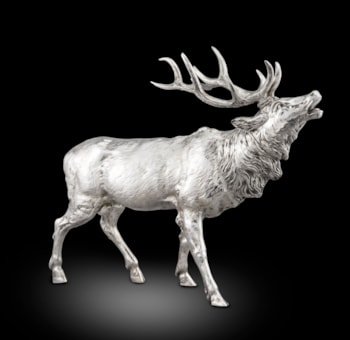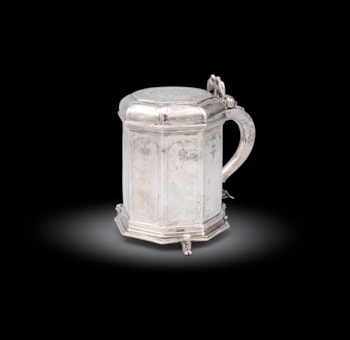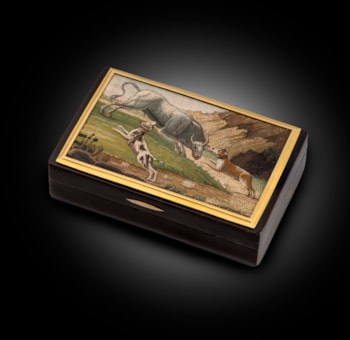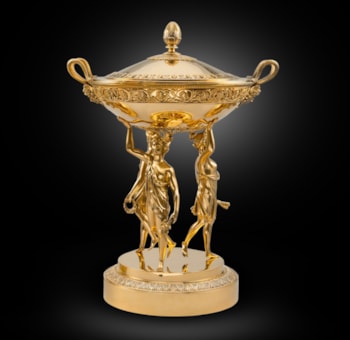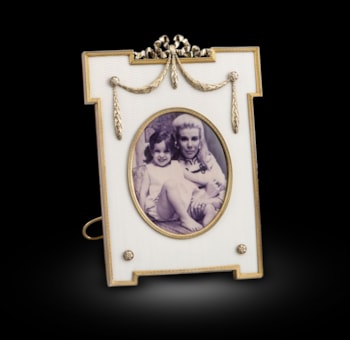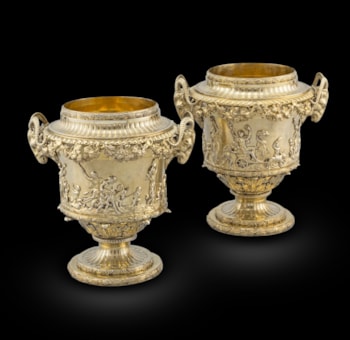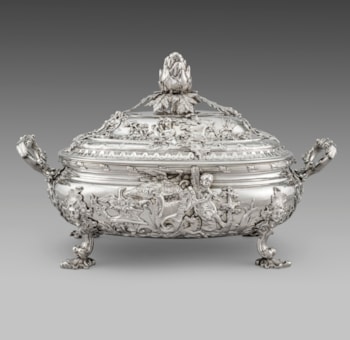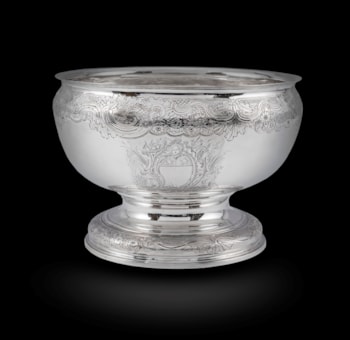 BACK TO LIST
BACK TO LIST
Under the Sea: Poseidon & Amphitrite
In Greek mythology Amphitrite was one of the sea nymphs or goddesses named Nereids. She had 49 sisters and her parents were Nereus and Doris. Amphitrite was wife of Poseidon the god of the sea. Together they had two children, the sea god, Triton and Rhode. Amphitrite also had number of other children who were seals and dolphins.
According to legend Poseidon fell in love with Amphitrite after seeing her one day performing a dance on the isle of Naxos with her sisters. After initially refusing his offer of marriage she fled to Atlas. He sent a dolphin to find Amphitrite and persuade her to consider Poseidon’s proposal. The dolphin retrieved and brought Amphitrite to Poseidon’s side. The Dolphin was rewarded by being turned into a constellation.
 Amphitrite by Jacques Prou, 1685
Amphitrite by Jacques Prou, 1685
 Sebastiano Ricci, Neptune And Amphitrite, Oil on canvas. Courtesy of Museo Thyssen-Bornemisza, Madrid
Sebastiano Ricci, Neptune And Amphitrite, Oil on canvas. Courtesy of Museo Thyssen-Bornemisza, Madrid
Amphitrite was commonly depicted raising her hand in a pinching gesture and holding a fish. The goddess is usually shown riding beside Poseidon in a chariot drawn by sea creatures sometimes with a fishing net over her hair and her brown adorned with crab-claw ‘horns’. Amphitrite came to encompass the definition of the sea.

Jean-Baptiste-Gustave Odiot, A Magnificent Six-Piece Tea & Coffee Service on Tray. For sale at Koopman Rare Art.
This highly important tea set for sale at Koopman Rare Art is decorated with the mythological scene of Poseidon and Amphitrite – Comprising of a tea urn, coffee pot, teapot, covered sugar bowl, cream jug and waste bowl. Each piece is decorated with a cast and applied band of a fantastical scene of Poseidon, Amphitrite, and their children abreast of dolphins. The looping handles terminating in cornucopia. The finials formed as a floral spray.
 Detail of Jean-Baptiste-Gustave Odiot, A Magnificent Six-Piece Tea & Coffee Service on Tray. For sale at Koopman Rare Art.
Detail of Jean-Baptiste-Gustave Odiot, A Magnificent Six-Piece Tea & Coffee Service on Tray. For sale at Koopman Rare Art.
Each piece is hallmarked to the underside and to the covers. The interiors of the waste bowl, sugar and cream are adorned with original gilding. The tray with a beaded and acanthus border again with looping handles terminating with cornucopia. The flat surface chased and engraved with vitruvian scrolls. The centre with a monogram.

The set was made by silversmith Gustave Odiot in Paris circa, 1870. The best known silversmith of the Odiot dynasty is Jean-Baptiste-Claude Odiot (1763-1850). Gustave was Jean-Baptiste-Claude’s his grandson. Gustave applied Louis XVI decor to his designs, mixing styles and forms of decoration to develop a more individual way of working. Where his grandfather used sphinxes as central figures Gustave preferred to feature cherubs. Working with his father in the 1860s Gustave produced a number of pieces inspired by chinoiserie. In 1898 he received an appointment with the Russian court.

This is an extremely magnificent and wonderful tea set which illustrates the exquisite craftsmanship of Gustave, despite a life spent in the shadow of his grandfather and father, it is clear that he was highly talented.
Some of these works are available to view in our gallery located at Koopman Rare Art, The London Silver Vaults, 53/64 Chancery Lane, London, WC2A 1QS.
For all enquiries please do not hesitate to call or email on:
020 7242 7624 / info@koopmanrareart.com





